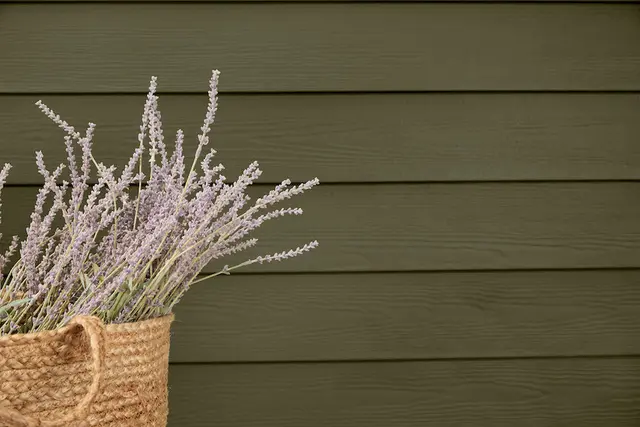Which Siding Material Is Best for Your Home?
Choosing the best siding material for your home is akin to selecting the perfect outfit for an important occasion. Just as you would weigh fabric, fit, and function, selecting siding requires careful consideration of material durability, appearance, maintenance, climate suitability, and cost. In this extensive guide, we’ll compare popular siding options, including vinyl and fiber-cement, to help you make an informed decision.
Understanding the Basics: What Is Siding?
Siding acts as your home’s protective shield and contributes significantly to curb appeal. The choice of the right siding material affects not only the aesthetic appeal but also the structural integrity and energy efficiency of the property.
Vinyl Siding: The Budget-Friendly Option
Vinyl siding has been a common choice for many homeowners due to its affordability and low maintenance requirements. Made from PVC (polyvinyl chloride) resin, it is resistant to moisture and comes in a variety of colors and styles, making it a versatile option.
- Pros: Cost-effective, easy to maintain, available in diverse styles. Vinyl performs well in a variety of climates but is especially popular in areas with moderate weather conditions.
- Cons: Can crack in cold weather and fade when exposed to prolonged sunlight. Not the best option for areas with extreme temperature fluctuations.
According to a comprehensive study from HomeAdvisor, vinyl siding is often favored for its cost efficiency and versatility, especially in suburban developments.
Fiber-Cement Siding: The Durable Choice
Fiber-cement siding, composed of cement, sand, and cellulose fibers, offers exceptional durability and a natural wood-like appearance. This siding material is resistant to fire, pests, and rot, making it an excellent choice for long-term performance.
- Pros: Highly durable, low maintenance, and available in textures that mimic wood. It is ideal for coastal regions prone to salt exposure and areas with high humidity. Hardie Board Lifetime Value is the reason we at Ridgeline work with their team.
- Cons: Heavier and more expensive than vinyl, requires professional installation. Initial investment is high, but maintenance costs are minimal over the years.
Better Homes & Gardens highlights that fiber-cement might be costlier initially, but its longevity and minimal upkeep often justify the investment, particularly in coastal and wildfire-prone areas.
Future Implications of Siding Choices
With advancements in technology and materials, the future of siding may focus more on sustainability and energy efficiency. Developments in insulated vinyl siding and smart materials are becoming popular for their enhanced thermal properties and connectivity features, promising a new era of smart homes.
As global trends shift towards eco-consciousness, expect more innovations in the use of recycled materials, and enhancements in solar-integrated and carbon-neutral siding options. These could transform homes into more self-sufficient entities, reducing reliance on external energy sources.
In conclusion, selecting the right siding depends on various factors, including your budget, desired aesthetic, climate, and maintenance willingness. Each material, from vinyl to wood, comes with distinct advantages and potential drawbacks. By weighing these considerations carefully and seeking advice from professionals familiar with regional climate impacts, you ensure your home remains protected and visually appealing for years to come.

